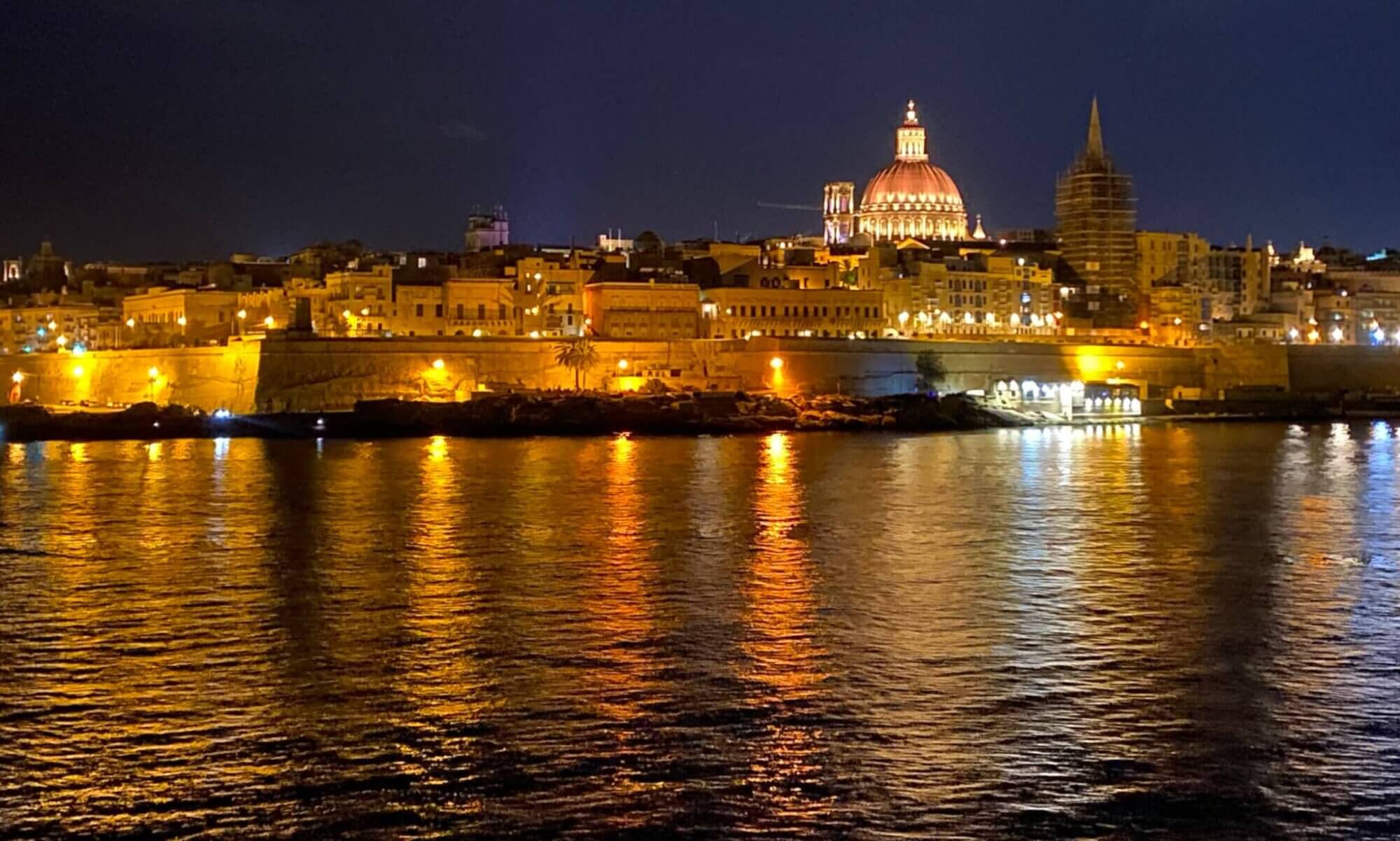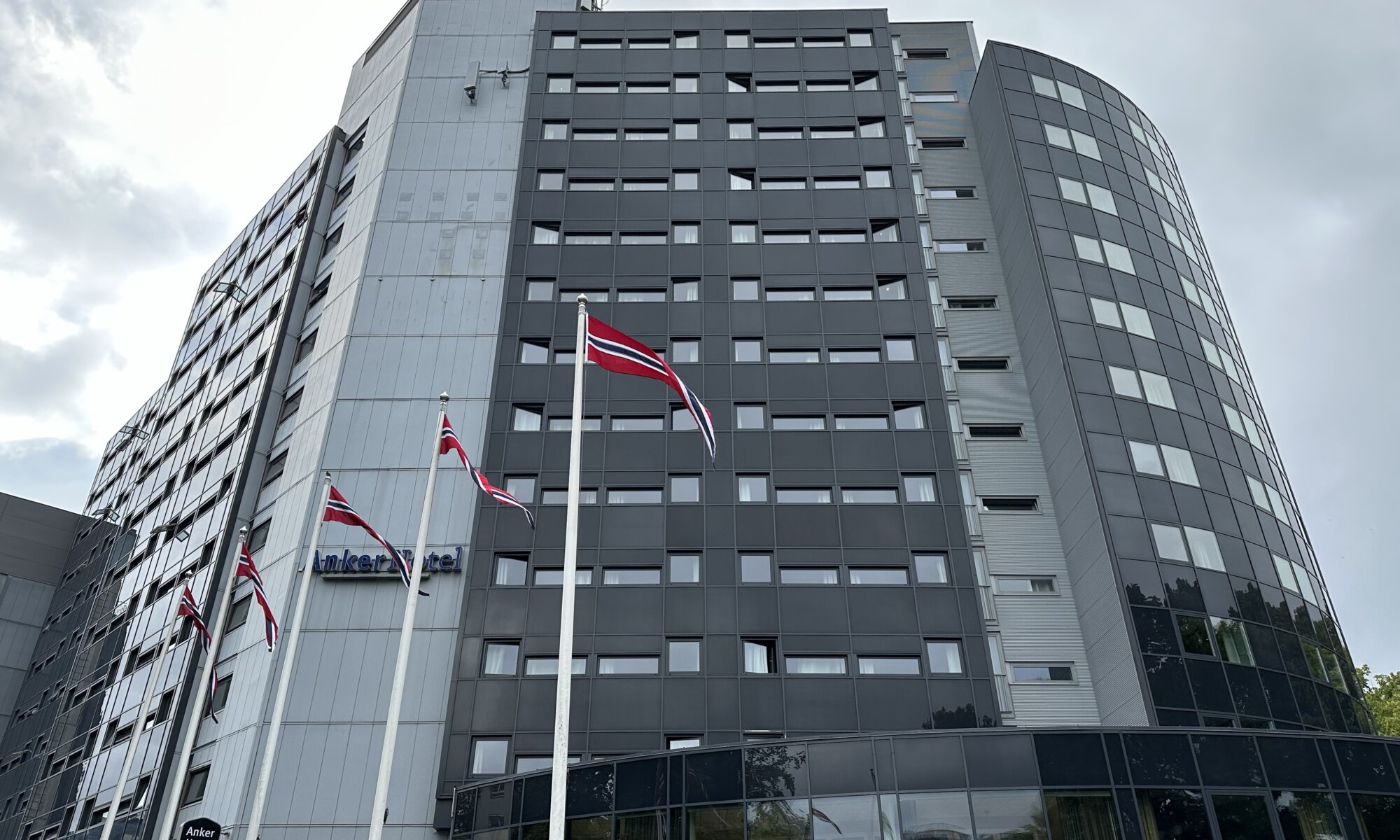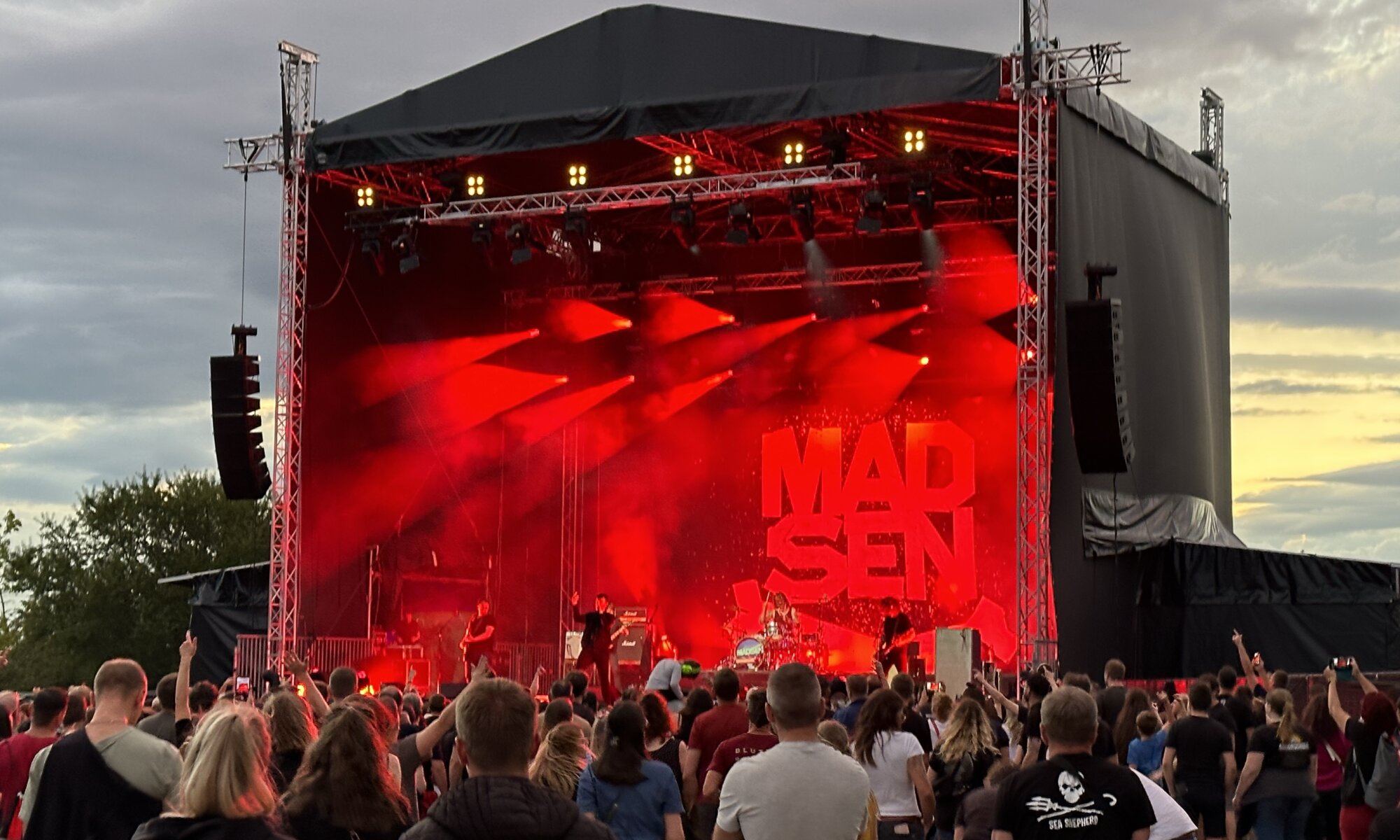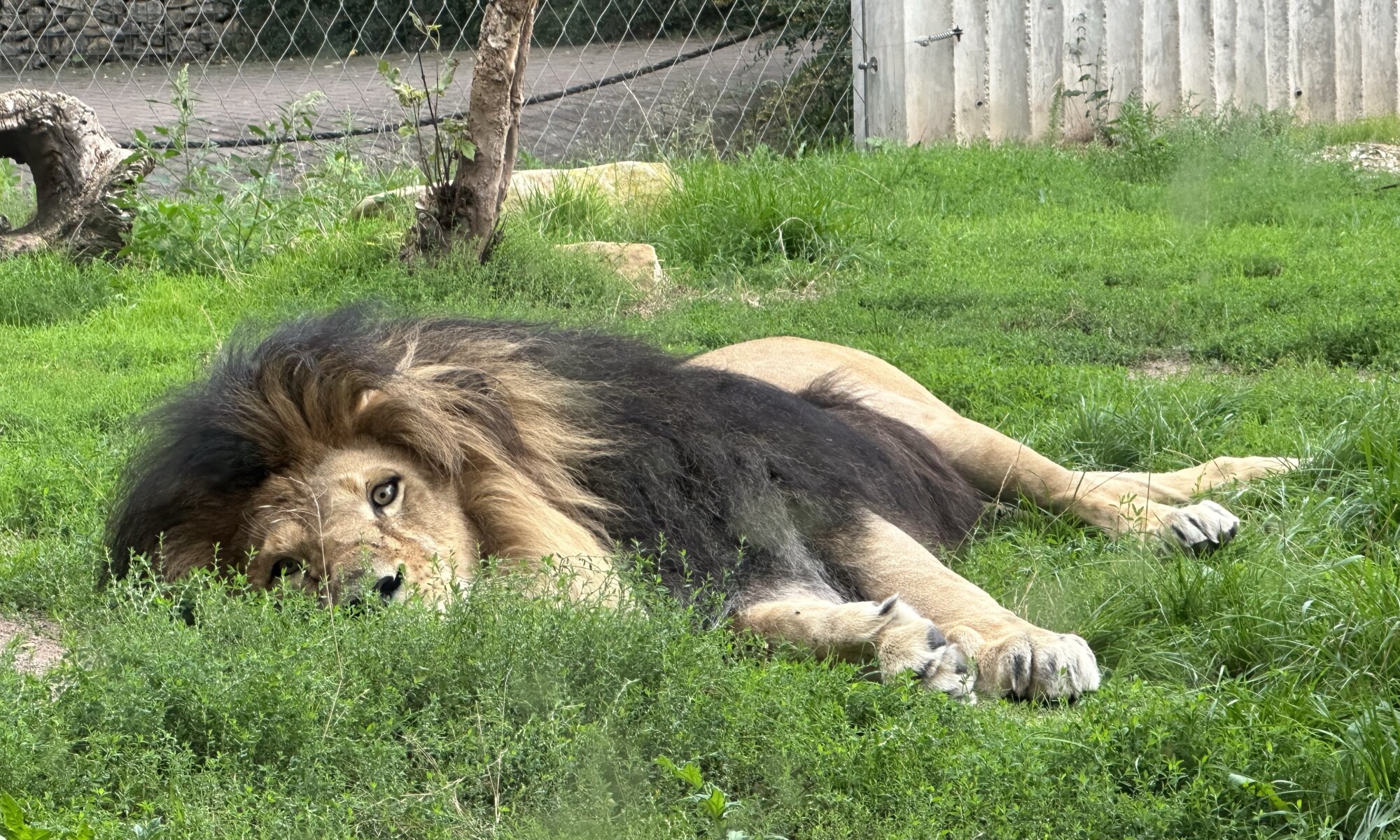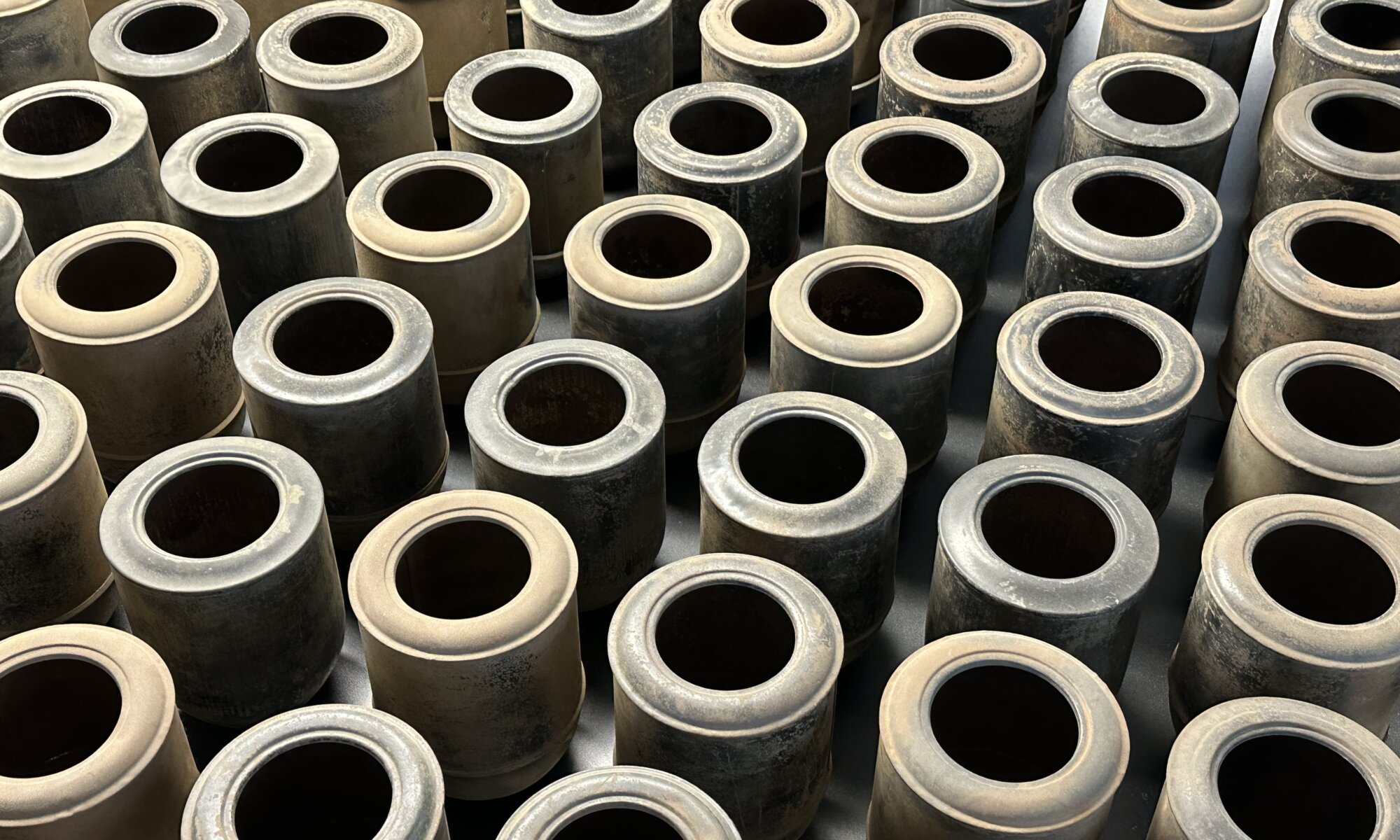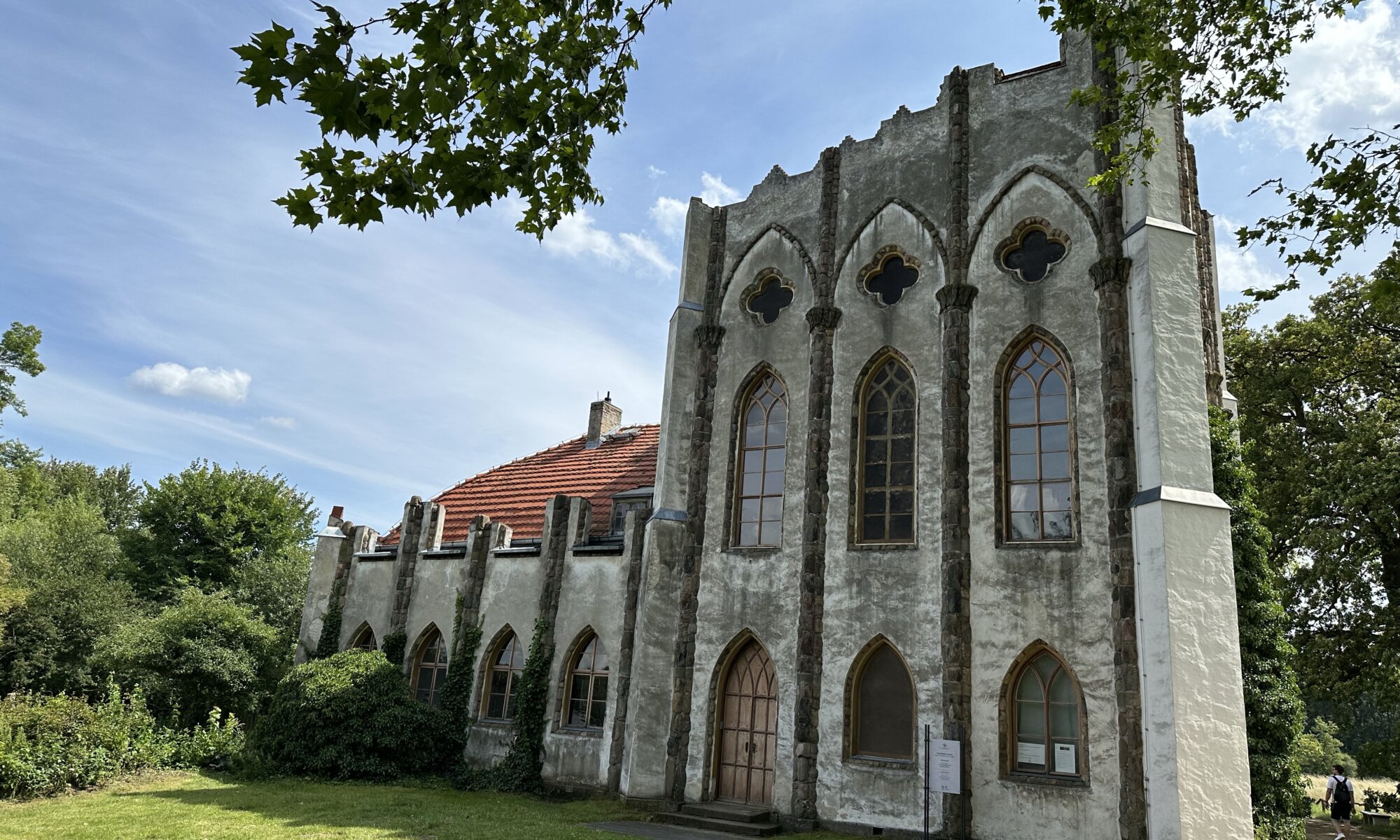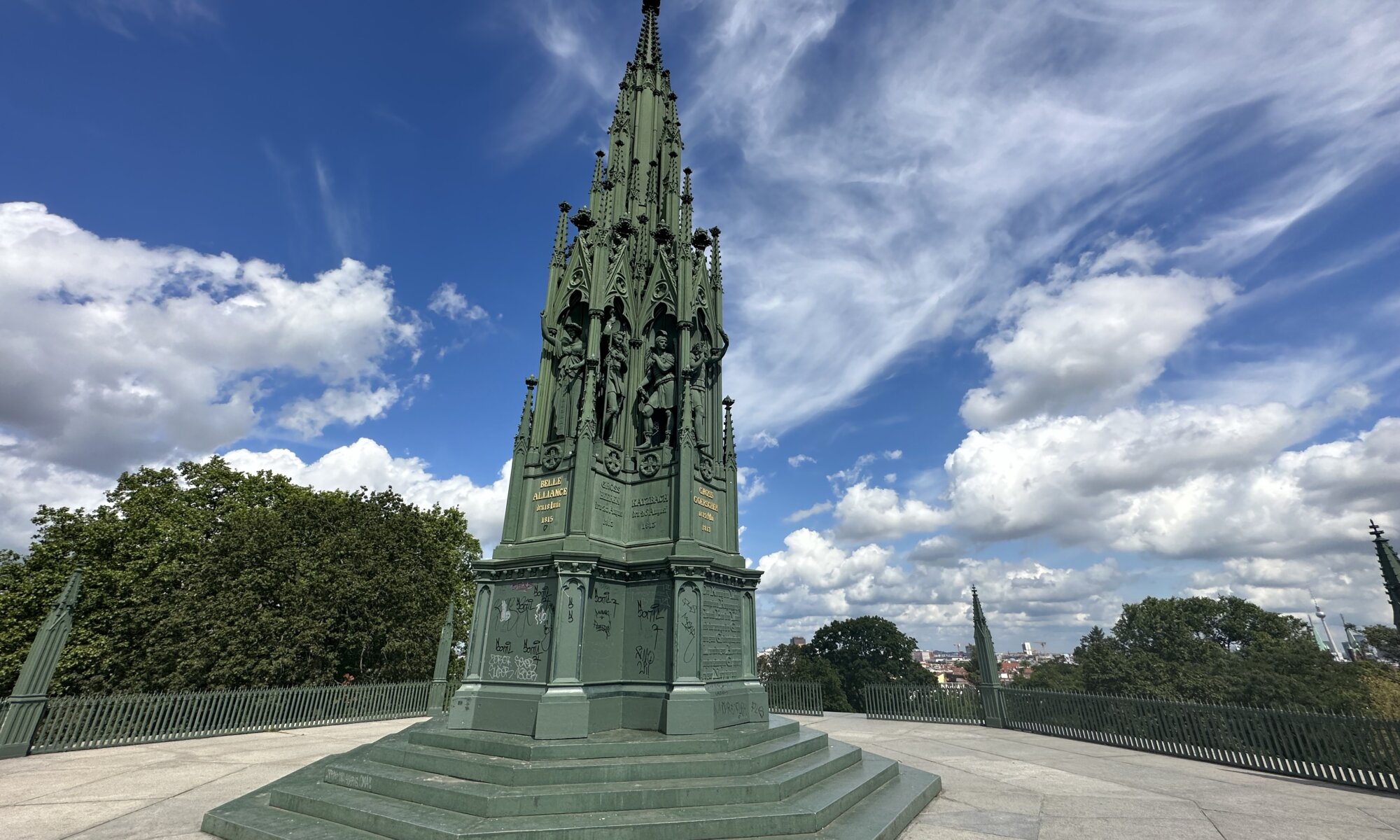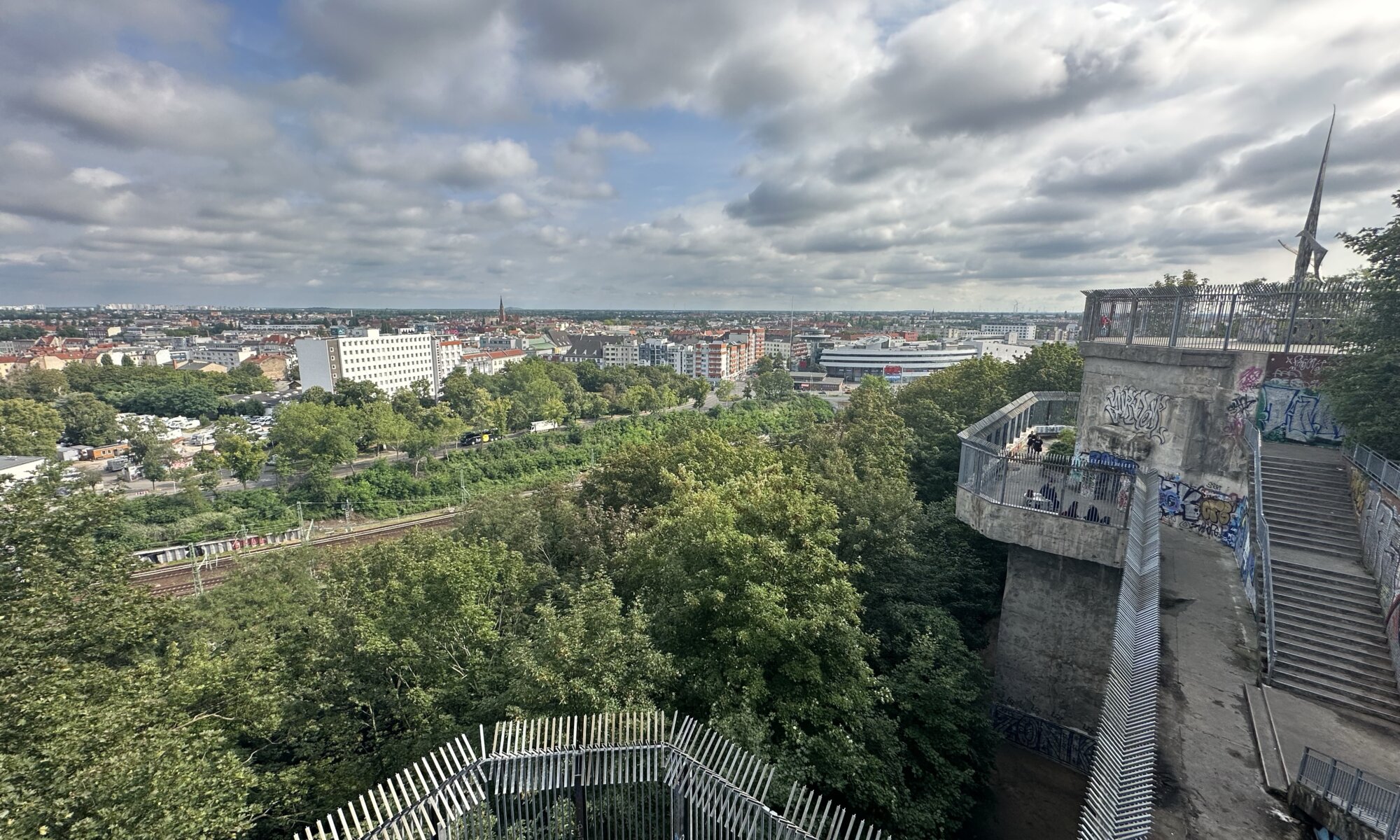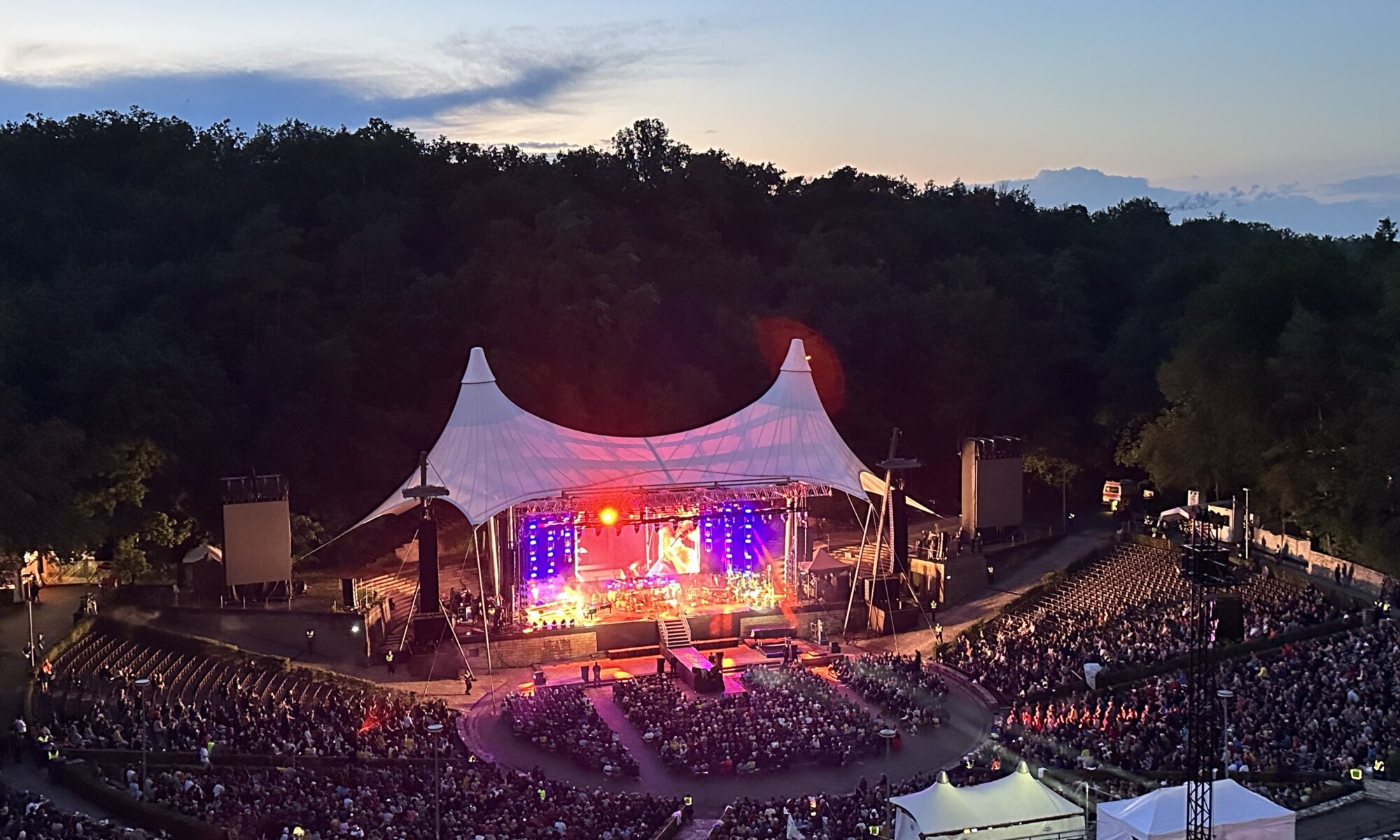Oslo provides a plentitude of hotel options. If you want to have a place close to the city center that doesn’t cost you an arm and a leg, the Anker Hotel might be a good option. It is a rather modern hotel at the city quarter Storgata, next to the border to Grünerløkka – an alternative and beloved city quarter. The Anker Hotel offers different options; from student housing via a hostel to the hotel itself. Rooms are suitable and the breakfast is sufficiently good; the breakfast room just might be overcrowded if you arrive at the wrong point in time.
Continue reading “Anker”Lufthavn
The Lufthavn of Oslo, Norway, is one of the airports you’ll love: short ways to walk, natural materials everywhere and sufficient places to sit back and relax. It is located in the community Gardermoen, 50 kms north of Oslo and it was established in 1912. There is only one terminal but two runways that bring 32 millions of passengers each year into the air. Flying via OSL is really hassle-free: four times the airport has already been awarded the title of the most punctual airport in Europe.
Continue reading “Lufthavn”Central Club
I came to Erfurt last in 2015 for a concert in a club called Centrum, located in the city center, between the Anger and the Juri-Gagarin-Ring. Its perfect location became a problem as the landlord decided that he could earn more money by rebuilding the place instead of hosting a club. Half a year after my visit the Centrum had to be closed and Erfurt lost a wonderful concert hall.
Continue reading “Central Club”Thüringer Zoopark
Erfurt is the capital of the federal state of Thuringia and of course it needs to have a zoological garden. The Zoopark Erfurt is located on the Roter Berg (‘red mountain’) north of the city. It was opened in 1959 and is a home for 1,000 animals of more than 130 species. In contrast to other zoological gardens in Germany it is rather young, but you can see a lot of change there caused also by the end of the GDR.
Continue reading “Thüringer Zoopark”Petersberg
I’ve been to Erfurt multiple times, I’ve visited the Domplatz and the cathedral and I’ve always ignored the citadel next to it on the 231 meters high Petersberg mountain. I’ve not even seen it. Don’t do the same mistake as the fortification offers nice views on the city and different beer gardens to enjoy life. The Zitadelle Petersberg was created from 1665 on to prevent resistance against the Electorate of Mainz (whom the city belonged to after the Peace of Westphalia) and to suppress protestant forces.
Continue reading “Petersberg”Stets gern für Sie beschäftigt
During Nazi times many Germans became guilty by working for or collaborating with the regime. But where does personal responsibility begin? That is a question that becomes evident when visiting the Erinnerungsort Topf & Söhne at Erfurt. It is located in the administrative building of a factory founded in 1878 by Johann Andreas Topf. It produced brewery machines, ventilation systems and ovens.
Continue reading “Stets gern für Sie beschäftigt”Pfaueninsel
The German capital city Berlin stands for history, politics, art, culture and party. For tall buildings, monuments and endless streets. There are the rivers Spree and Havel; you can find many parks, but to relax in nature you also never need to ride very far. A good option for this is the Pfaueninsel (‘peacock island‘), a river island within the Havel close to the ‘border’ to Potsdam. It is since 1990 part of the UNESCO World Cultural Heritage at Berlin and only accessible by ferry boat.
Continue reading “Pfaueninsel”Viktoriapark
The Kreuzberg is with 66 meters height the highest elevation of Berlin. Since the 15th century this ‘mountain’ was used to grow wine grapes. Today it is covered by a nice park that many Berliner use for a walk. On its top you’ll find the Prussian National Monument for the Liberation Wars – it was erected in 1821 after the victory against Napoleon Bonaparte in 1815. Initially it was planned to create a vast church in Gothic-style to commemorate this, but it was to costly.
Continue reading “Viktoriapark”Flakturm Humboldthain
The Volkspark Humboldthain is a beautiful garden in the north of Berlin. Construction works started in 1869 at the 100. anniversary of the birth of Alexander von Humboldt. It includes a nice rose garden and since 1942 a massive amount of concrete: with the use of forced labor a high-rise bunker with an anti-aircraft warfare position was built, the Flakturm Humboldthain. Flak is an abbreviation for Flugabwehrkanone meaning anti-aircraft gun.
Continue reading “Flakturm Humboldthain”Waldbühne
The Waldbühne Berlin is a fantastic open-air stage in the Murellenschlucht valley close to the Olympiastadion of Berlin. More than 22,000 persons can attend concerts and other events there; the biggest outdoor stage I’ve ever seen. It was built in 1936 for the Olympic summer games following the design of a Greek theatre. The creation was initiated by Joseph Goebbels and the layout included a VIP box for Adolf Hitler. You can still today guess in which time it was built by looking at the artworks at the entrance gates.
Continue reading “Waldbühne”